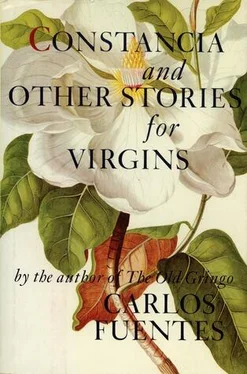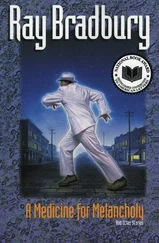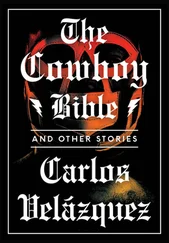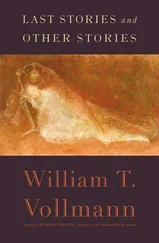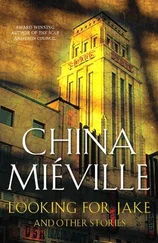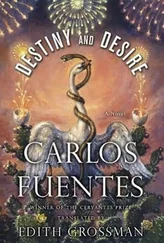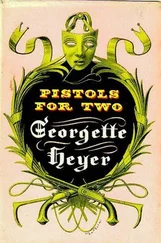You push open the door, you take a step inside. Then you remember your teacher’s lesson: Mexican houses are all blind on the outside; the blank walls around their entrances tell us only that these houses look inward, to the patios, the gardens, the fountains, the porticoes that are their true face.
You push the door, you take a step inside.
3
Then I put down my cup of tea and walked toward the hut. The sounds of the project were the same as always: engines, riveters, excavators, and cranes, their bases buried in muck, overhead the midday sun masked by clouds. The gathering storm accompanied me, swelling up out of the high plateau, practically without warning, bringing on an early darkness.
I rapped my knuckles on the door of the hut. Nobody answered. When I tried to look through the little window, I saw that our promise to Jerónimo Mateos the watchman had been fulfilled: a pane of glass had been put in the window, to protect his mama from the wind and the rain. I rapped again, this time on the glass, and was blinded by the sudden reflection of a red light. I cursed instinctively — against all our entreaties, they had installed the traffic light. Never had they gotten work done so promptly. But once it became a matter of crossing the architects, even the vice of slowness could seem a sin, and they could be efficient for a change. But Heredad Mateos, it seemed, was not about to make any exceptions to our great national sluggishness.
I was tempted to go in, to force the entrance, I always had the excuse of being the architect. The light flashed on the glass again and I heard a groan — aged, this time, and brief, but of an ecstatic intensity — and I knocked on the window again, and then on the door, more loudly, more insistently …
— I’m coming, I’m coming, take it easy …
The old woman opened the door for me and her tortilla face — pocked with cornmeal moles, mealy as a stack of corn cakes, surrounded by cornhusk hairs, lit only by a pair of eyes like hot chiles in the dried, burnt surface of her skin — looked at me curiously, though with no sign of surprise. The candles burned, like the orange eyes of a cat, behind the old woman. She said nothing, but gave me a questioning look that seemed to be echoed by other looks behind her: the lights of the votive candles.
— May I come in?
— What do you want?
She was a small woman, and I am a rather tall man. I tried to see, over the aged woman’s cornhusk head, below the votive lights, the image of the Virgin of Guadalupe illuminated by the burning tapers, the cot … Señora Heredad seemed to rise up on her toes to block my passage and my view. Embarrassed, uninvited, rude, I found it impossible to say, Señora, you are repairing a bridal gown, I think I recognize it, that is, my brother and I, we both recognized it, and we would like …
— What do you want, señor? Doña Heredad said to me, firmly enough to convey a suggestion of irritation.
— Nothing, señora. I am the architect. I wanted to see if everything was in order, if there was anything you needed.
— Nothing, sir. My son takes care of that. But if I don’t work, I’ll die of sorrow. Good afternoon.
4
You were alone for some time, getting used to your surprise. You asked me if I saw the same thing you did, or if only you saw it; you asked me if what you saw is true if I saw it and false if I did not share your vision. You ask this constantly now that you are inside the house and you are alone.
You find yourself in a hall that does not match the severe style of the entrance, which you leave behind when the eighteenth-century exterior door closes behind you and becomes an Art Nouveau door through which the luminous child and the dog and even the frog that you hold in your hand had, perhaps, entered: you are blinded by the serpentine plaster roses, the silver fans, the embedded crowns of pearl, glass, and ivory; you move along a gallery that contains nervous peacocks, crystal nests, silver confessionals, zinc washbasins, perfumed by a heavy fragrance of spent flowers, and into a long, narrow passage entirely bare except for a lead umbrella stand — you touch it, as if it were an anchor in the emptiness of the salon. It holds several parasols, some black, others multicolored, and almost a dozen umbrellas, carelessly dumped, still damp, in the lead receptacle — you touch them and you have the feeling that solitude and silence would be complete here if the passage were not illuminated by four lamps, one in each corner, all of them — you touch them, too — made of copper, and the copper painted silver, and with glass drops around the center of the febrile carbon filaments, like the antennas of the first insect that saw the light of the newly created universe.
This illumination seems fainter because it contrasts with a torrent of white light that comes through a half-open door, a light as sharp and steely as the blade of a knife.
You walk to the half-open door and enter, covering your eyes with your hand, pausing to get used to the dining room’s unfamiliar glow, its high, narrow chairs, mahogany table, walls covered with elegant beige wallpaper, and only gradually do you realize that numerous objects are strewn over the floor where you can trip on them, instead of on the table: on the floor are cornhusks, and vases of water, and flowers — the yellow dianthuses of All Souls’ Day, spikenards and calla lilies, gardenias: the heavy odor of dead flowers or, what is the same, flowers for the dead — on the floor are hampers full of fabric, baskets holding thimbles, colored thread, yarn, knitting needles, pins. There is a basket of eggs. There is a chamber pot.
You look up. You search for something else in this dining room, so cleanly conceived but so full of the wrong things, as if the present inhabitants of the place were totally foreign, or were almost enemies of the work of the decorator and the architect, depreciating it, consciously or not. That’s what you would like to think, anyway: the inhabitants of this house must hate it, or at least hate its maker and the style he wanted to give it. What most shocks you, more than the objects strewn over the floor, the eggs, or the chamber pot that almost makes you want to smile, are the rustic chairs of woven straw, low to the ground, which seem to defy, even insult, the narrow, high-backed chairs: those chairs like Giacometti statues (Giacometrics) are insulted by the terrestrial, agrarian abundance of everything else in the room (everything else: you sensed a silent conflict in this room between an exclusive, elegant refinement and a gross inclusiveness, an affirmation of the abundance of poverty, as if a chicken coop had been set in the middle of Versailles).
A woman is sitting on one of the low chairs, sewing. The child sitting with her has just pricked his finger with a needle, he sucks it, the woman looks at him sadly, the blood stains the basket of eggs at the woman’s feet. A dog enters, barks, and goes out again.
5
For the first time in my life, I stayed and slept in the little office on the construction site: I was wakened by a whistling that I took to be the teapot signaling that the water had come to a boil. It found me asleep in one of our pair of director’s chairs; as a joke, we’d had VELEZ ONE and VELEZ TWO stenciled on their canvas backs, identifying ourselves the way English schools distinguish brothers with the same surnames.
I was sleeping with my legs stretched out and when I woke up I felt a dull but persistent pain in my ankles.
The whistling was coming from the construction area, and from the office I could see a crowd of people running every which way, but converging on the project’s entrance, on the watchman’s shack. I ran out of the office, not even closing the door behind me — I was upset, afraid I was going to lose what I sought. I might already have lost it. I imagined ways of obtaining that object, of getting hold of it somehow or other.
Читать дальше
